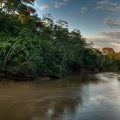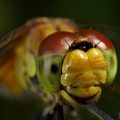Bukit Lambir National Park – Waterfalls & Rainforest in Sarawak
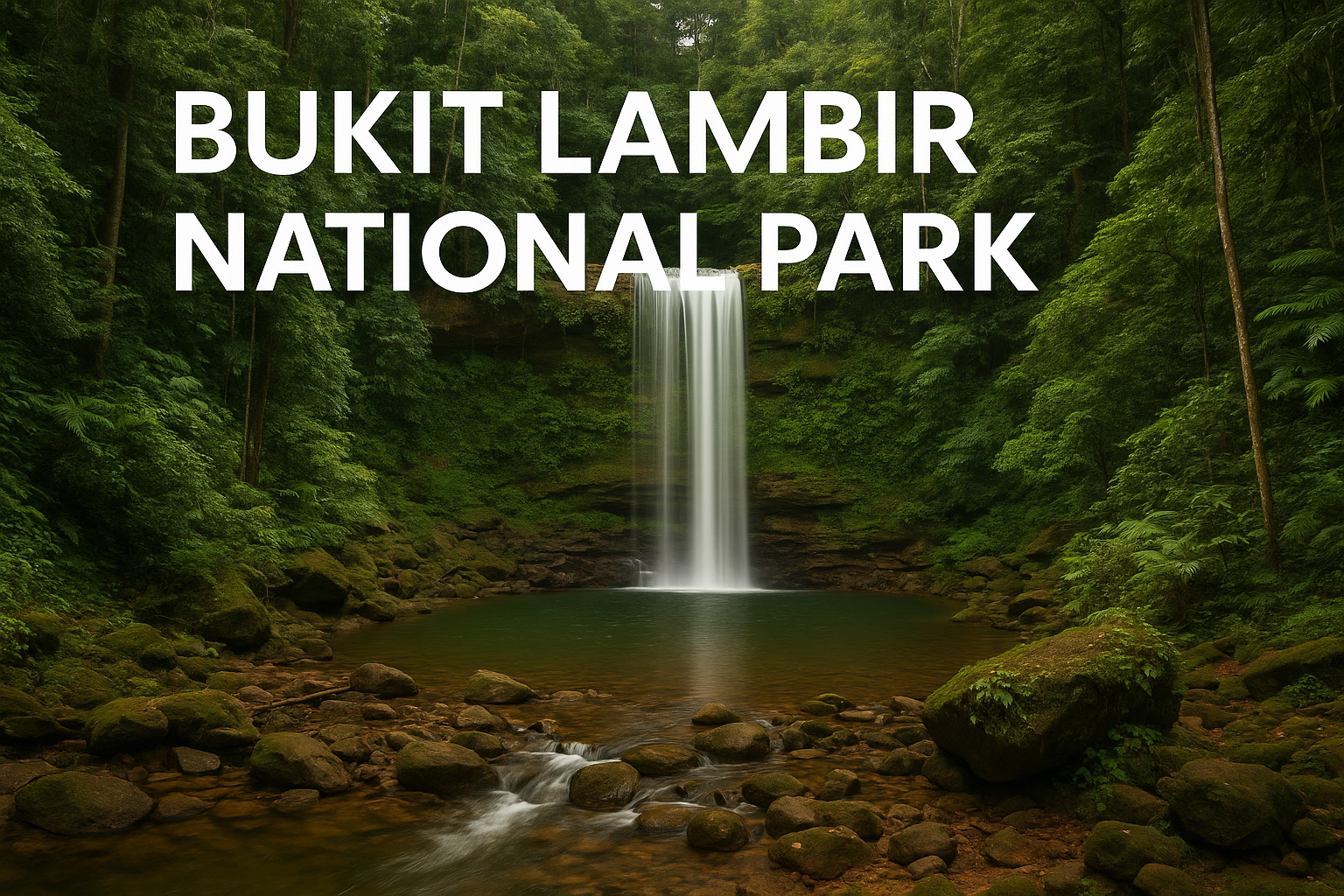
Explore Bukit Lambir National Park in Sarawak, Malaysia—lush rainforest trails, pristine rivers, and stunning waterfalls in one of Borneo’s richest ecosystems.
Tucked in the northern reaches of Sarawak, Malaysia, Bukit Lambir National Park is a sanctuary where ancient rainforest meets cascading water. Just 30 km from Miri, the park may be compact—covering about 6,952 hectares—but its rivers and waterfalls create an intricate lifeline for the astonishing biodiversity that thrives here. Known to scientists as one of the most diverse lowland rainforests on Earth, Bukit Lambir is also a paradise for hikers, swimmers, and anyone drawn to the music of moving water.
Geography & Hydrology
The park’s landscape rises from low, humid plains to steep sandstone hills, where rivers and streams carve deep into the forest. Seasonal rainfall feeds a dense network of creeks that tumble into cool, clear pools before continuing their journey toward the Baram River basin. The waterways are rain-dependent—swollen and dramatic in the wet season, tranquil and crystalline in the dry months.
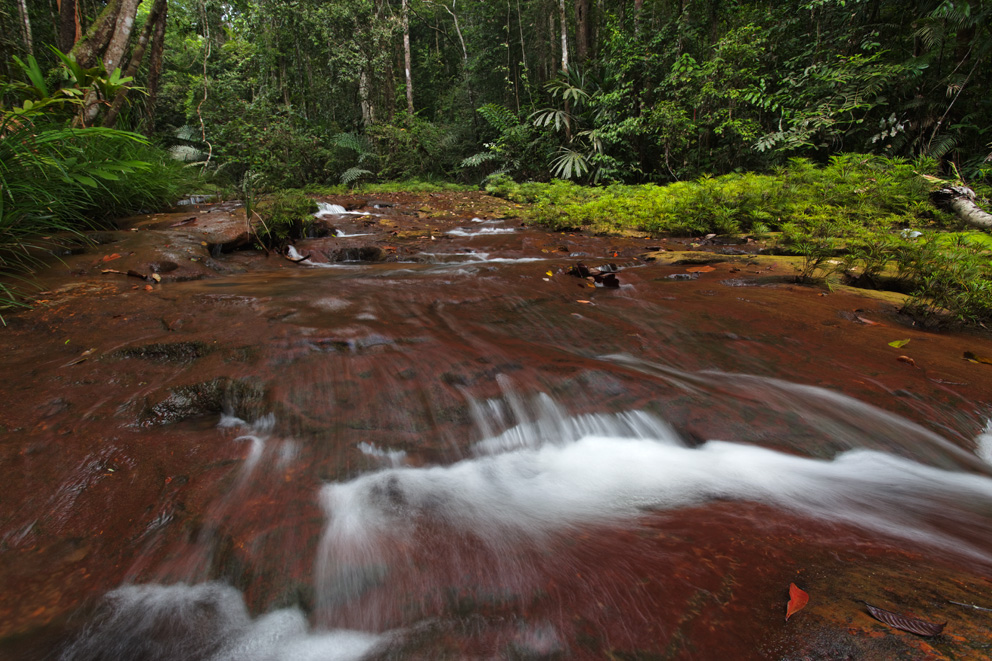
Waterfalls – The Park’s Crown Jewels
Bukit Lambir’s rivers reward the trekker with a series of waterfalls, each with its own character:
- Latak Waterfall – The park’s most famous cascade and the easiest to reach. A broad, 25-metre sheet of water plunges into a wide swimming pool, surrounded by tall dipterocarp trees.
- Pantu Waterfall – More secluded, reached via moderate trails where smaller streams cross your path.
- Nibong & Pancur Waterfalls – Hidden deeper in the park, accessible to seasoned hikers. Here, the rivers descend in narrower streams over sandstone cliffs into shaded forest basins.
- Dinding Waterfall – A more adventurous destination, with a multi-tiered drop and moss-covered rocks.
Each fall is fed by the park’s small rivers, making them vibrant in the monsoon and calmer during drier periods—perfect for swimming and photography.
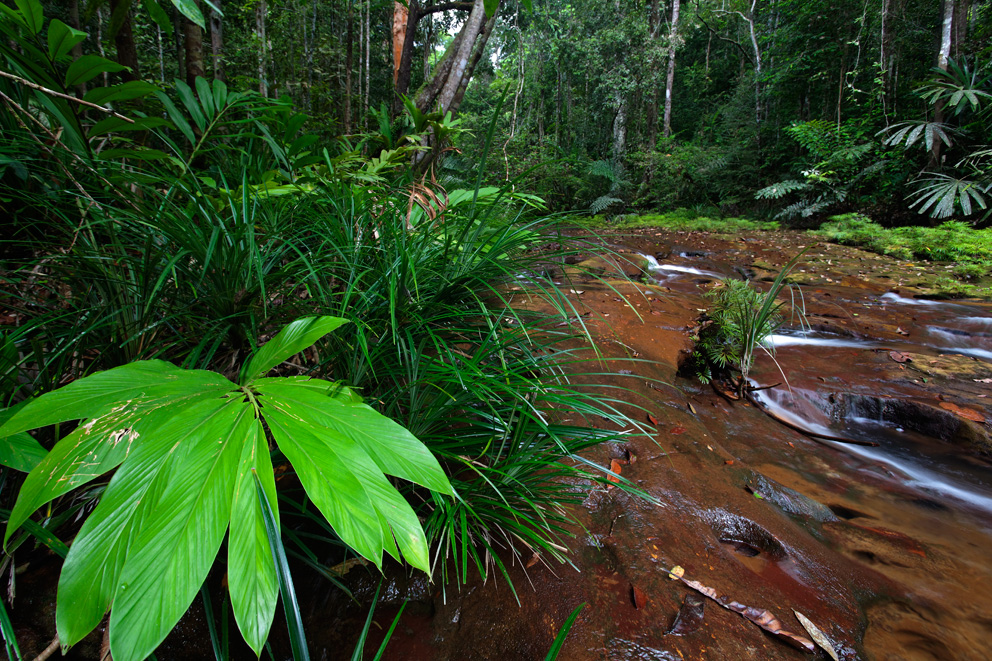
River Ecology
The streams and rivers of Bukit Lambir are home to a surprising variety of life. Shallow riffles host small fish, shrimp, and aquatic insects, while the shaded banks shelter frogs and dragonflies. Fallen logs and leaf litter provide nutrients, supporting a chain of biodiversity that stretches from microinvertebrates to hornbills.
Visiting the Rivers and Waterfalls
- Best Time – Visit between late dry season and early wet season (August–November) for safe swimming yet lively cascades.
- Trails – Well-marked paths lead to Latak Waterfall (15 min walk) and deeper treks to other falls (1–3 hours each way). Expect stream crossings and muddy terrain after rain.
- Swimming – Allowed at Latak and some other pools—be cautious after heavy rain due to sudden water surges.
How to Get There
By Air: The nearest airport is Miri Airport (MYY) in Sarawak, which has daily flights from Kuala Lumpur, Kota Kinabalu, and Kuching.
By Road from Miri:
- Distance: ~30 km south of Miri city
- Travel Time: 30–40 minutes by car
- Route: Take the Miri–Bintulu Highway (AH150) heading south. The park entrance is well signposted on the right side of the road.
By Bus/Minivan:
Local buses and minibuses depart from Miri to Batu Niah or Bintulu—ask to be dropped off at Lambir Hills. From the roadside stop, it’s a short walk to the park gate.
Tours:
Several Miri-based tour operators offer guided day trips to Bukit Lambir, often including transfers, lunch, and a guide for waterfall hikes.
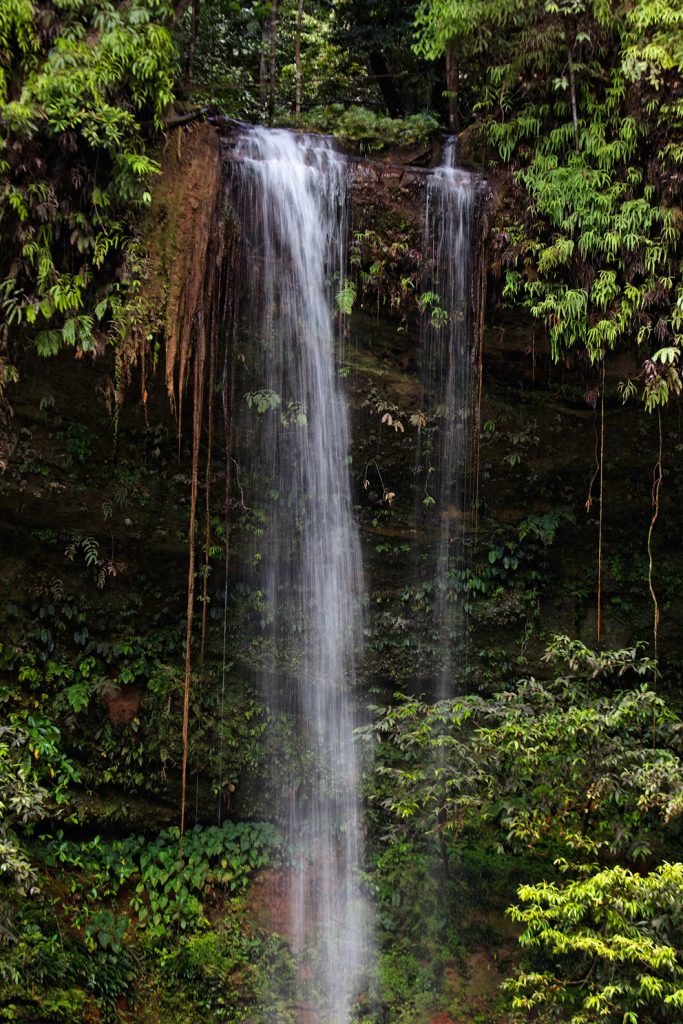
Conservation Notes
Bukit Lambir’s rivers and waterfalls are part of a fragile ecosystem. Littering, off-trail hiking, and swimming in prohibited areas threaten water quality and disturb wildlife. As visitor numbers grow, sustainable practices—like limiting group sizes and keeping to marked trails—are key to preserving the park’s waters.
Conclusion
In Bukit Lambir National Park, rivers are more than scenic features—they are the veins of a living rainforest. Whether it’s the thundering plunge of Latak or the secretive murmurs of a forest stream, water is what breathes life into this corner of Borneo. For travelers and researchers alike, the park is a reminder that to protect a river is to protect an entire world.
